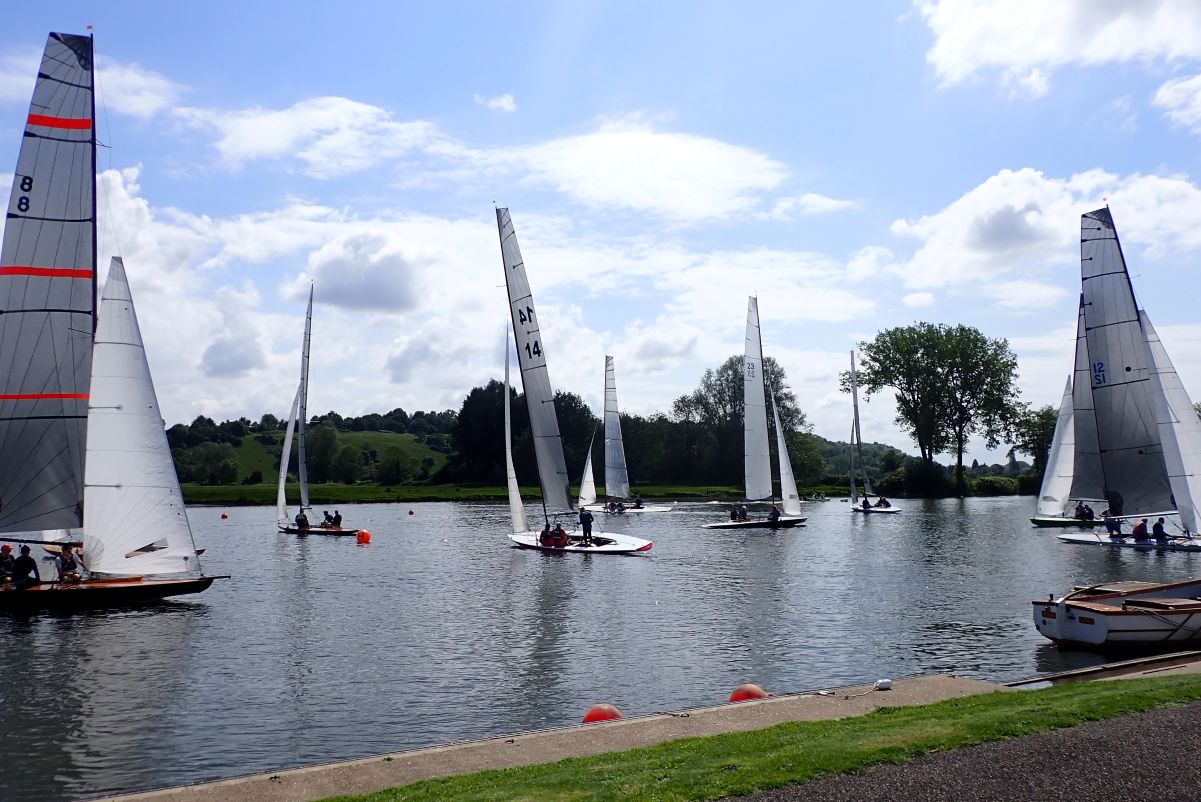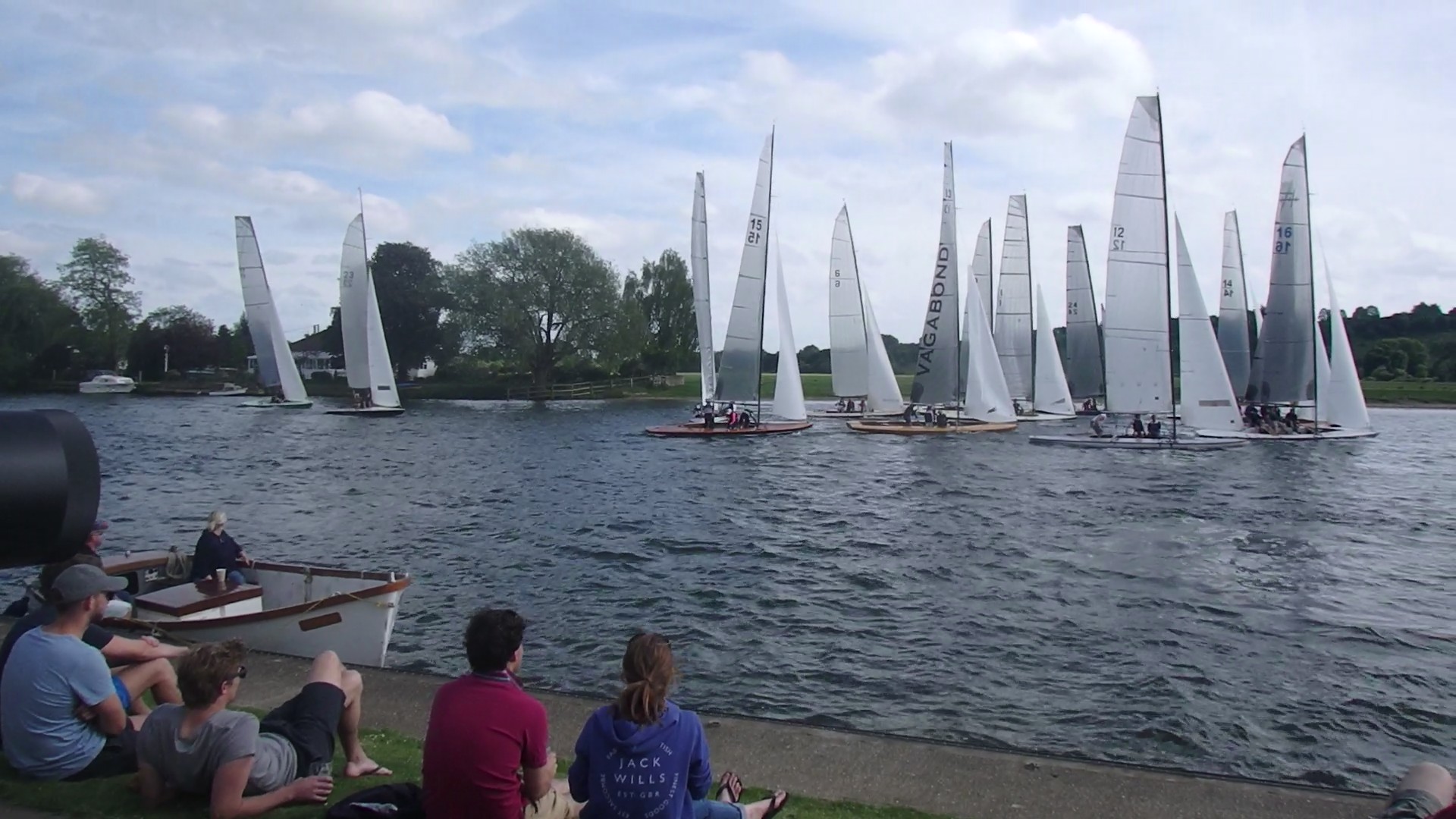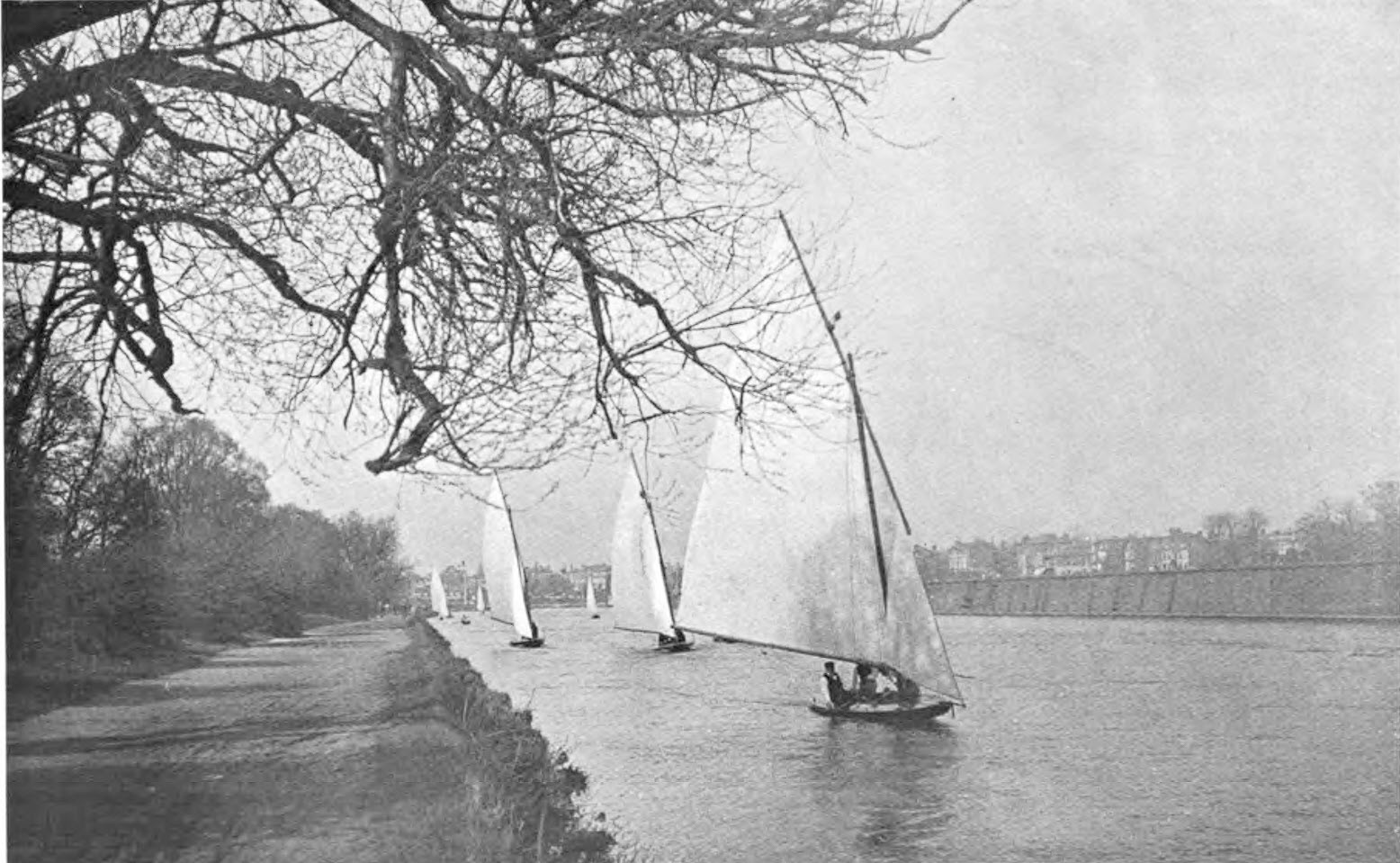Boat Info
The A-Rater class has a rich heritage, shaped by two of the most innovative yacht designers of the late 19th and early 20th centuries: Alfred Burgoine and Linton Hope. Each took a very different approach to working within the A Rater rule, which is based solely on waterline length and sail area.
Burgoine’s designs pushed the limits of sail power, opting for larger sail areas paired with shorter waterlines. While a shorter waterline can limit top speed (according to the Froude number), the generous sail plan created a powerful boat that needed increased beam to provide the stability required to carry so much sail.
Despite the challenges of the post-war era, the A Rater class was one of the few traditional racing fleets to survive beyond World War II. However, with the last wooden A-Rater built in 1922, the number of boats dwindled. A turning point came in 1978, when a mould was taken from Ulva, allowing new A-Raters to be constructed in GRP (glass-reinforced plastic). This move preserved the class for future generations.
To maintain the spirit and fairness of the fleet, a rule change was introduced: no new designs would be accepted. Any new boat had to be an exact replica of one of the original A-Raters.
In 2002, J. Stewart proposed a modern interpretation of the A-Rater. Though it was not a strict replica and thus not class-compliant, it served as an important piece of developmental work, informing future understanding of A-Rater performance and design.
The early 2010s saw another evolution: the first all-carbon A Raters were launched, sporting updated deck layouts inspired by the high-performance 5o5 class. These developments have helped keep the A Rater class not only afloat, but thriving—balancing tradition with carefully considered innovation.
Queens Cup held at Bourne End week End of May Bank Holiday. The main regatta for the A-Rater class is the Bourne End Week. This started in 1887 to celebrate Queen Victoria’s Golden Jubilee. Initially, a different club ran the racing daily, but now it is run annually by the Upper Thames Sailing Club. The main trophy is the Queen’s Cup, which was presented to UTSC in 1893 by Queen Victoria. This Cup is thought to be the oldest cup presented to a Club for River Racing.
Ruby
Alannah
Elsie
Alkeling Alskliog Alsking (Depending on reading the typeface)
Latona now (Vanessa)
Vera
Medje
Yvonne
Merrythought
Lily
Vixen
Scottica (French Rule)
Avon
Ulva
The A-Raters were always the fastest and best boats that people could afford and typically it was a sport for the rich and famous. The Raters were all about the latest design. This is still true today. The shape of the Sails have changed, the mast has got longer but the hull shape is still the best for high speed sailing. Before these boats there were others as people tried to get better and faster boats, some listed above.


